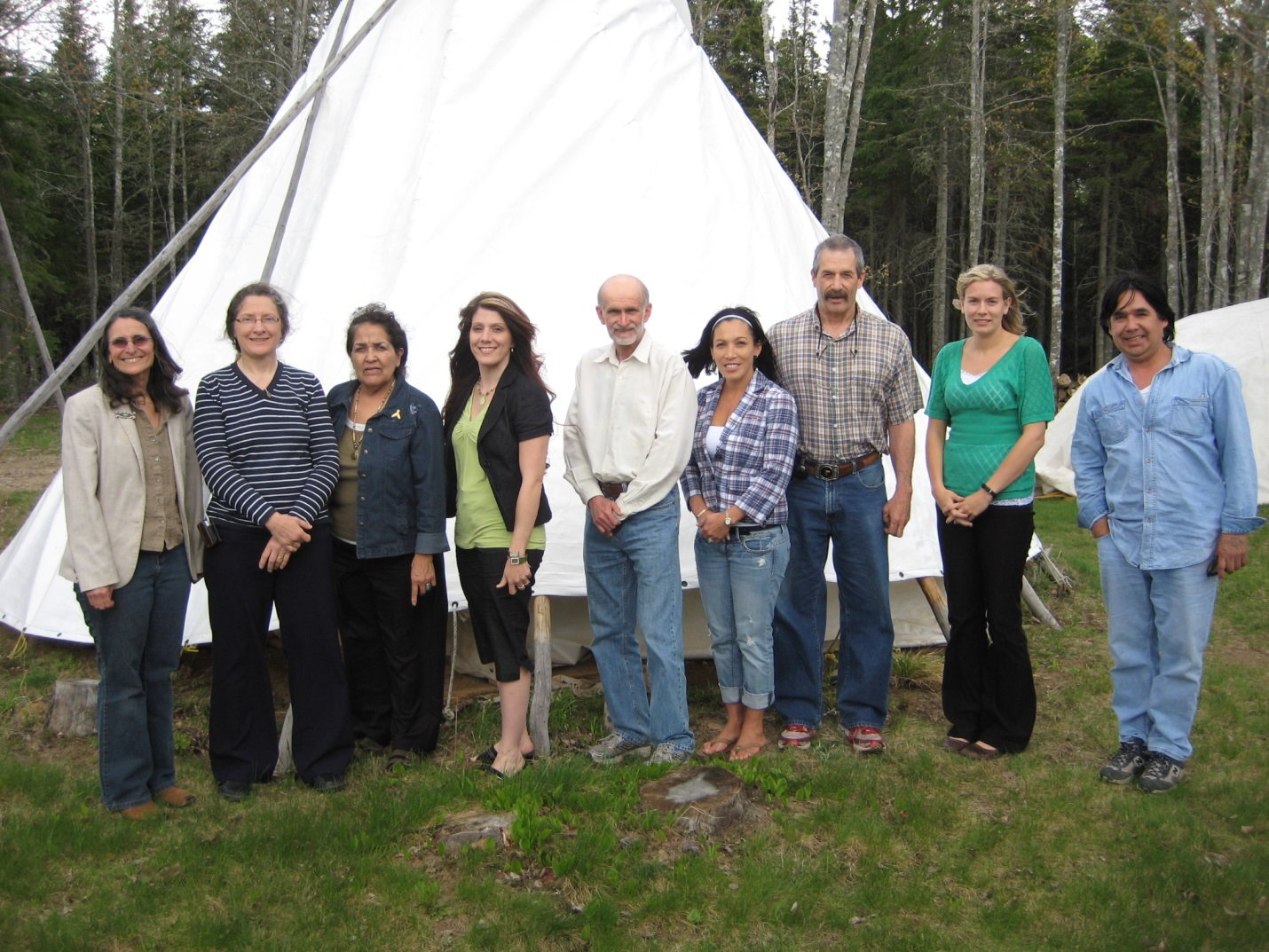Two-Eyed Seeing Tools for Screening, Assessment, Intervention and Prevention
The Two-Eyed Seeing Tools are used for screening and referral, assessment, intervention, prevention and community development and (PAR) participant action research.

You may click the links below to access the tools.
- TES Diagnostic Wheel (196 kB): Assessment tool inspired by Mi'kmaq Elders that integrates a traditional healing perspective into the standard medical assessment process.
Medicine Wheel Tools
- Introduction to the Medicine Wheel Tool-Kit (5.5 MB): Introduction to the use of the Two-Eyed Seeing MW Tools.
- MW Community Development Tool (8.6 MB): PAR tool used to identify community strengths, challenges and priorities. A series of talking circles allow participants to visually map their ideas and work towards developing community action.
- Printable MW Difference Game Cards (5.0 MB): Tool that assists youth in identifying needs and setting goals. Motivational interviewing assists in development of strategies to support youth in achieving their self-identified goals.
Version français Livret de cartes de jeu de différence (533 ko) - Printable Sleepy Bear Cards (2.3 MB) The MW Sleepy Bear Difference Game Cards are designed to screen for physical, emotional, mental, and social issues that might be affecting sleep and also to engage youth in their own journey to a good night’s sleep. Instructions (520 kB) are available describing to to use these cards.
- MW Student Teacher-Index Tool (MWSTI) (345 kB): School system screening tool-serves as stage 1 FASD screening. Teachers identify students’ needs initiating referrals for service to specialists as well as to ED.
- MW Developmental History Tool (MWDH) (315 kB): Semi-structured interview tool administered to a birth-mother/guardian gathering developmental history for ED intake of youth identified in MWSTI with multiple problems-serves as stage 2 FASD screening.
- TES Neurodevelopmental Diagnostic Wheel (257 kB) Tool to facilitate DSM diagnosis in a FN MW context.
- Consent for Release of Information Form (58 kB) Consent form for the collection of confidential information.
- ED Referral Form (65 kB) Referral Form for the Eastern Door Center.
- Diagnostic Guidelines
- Canadian Guidelines — Fetal alcohol spectrum disorder: A guideline for diagnosis across the lifespan — Published in 2016, this updates the 2005 Guidelines Executive Summary (931 kB) | Appendix 1 (1.3 MB)
- IoM Guidelines — Updated Clinical Guidelines for Diagnosing Fetal Alcohol Spectrum Disorders (1.3 MB)
- The 4-Digit Diagnostic Code — University of Washington Diagnostic Guide for Fetal Alcohol Spectrum Disorders (931 kB)
The Medicine Wheel Turtle

In the turtle's circular shell there are four quadrants coloured yellow, red, white, and black. These symbolize four aspects of the Medicine Wheel approach: ‘An Education of Heart, Hand, Mind and Spirit’
- Heart
- symbolizes the wisdom of the emotional realm
- Hand
- symbolizes the force of the physical realm
- Mind
- symbolizes the knowledge of the mental realm
- Spirit
- symbolizes the power of healing connections in the spiritual and social realms








